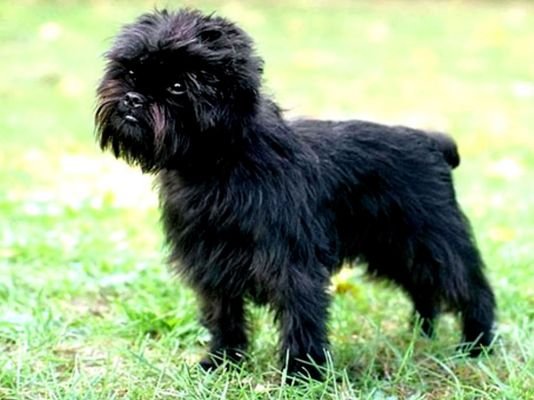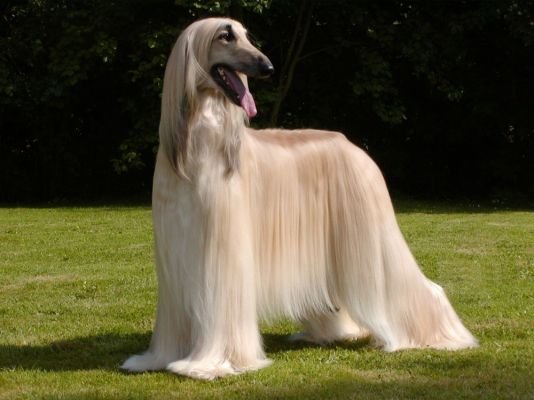





Meet the Curly-Coated Retriever: The Waterproof Athlete with a Quirky Charm
Imagine a dog that’s equal parts Victorian aristocrat and rugged adventurer—that’s the Curly-Coated Retriever! With its signature mop of tight curls and a history steeped in British hunting traditions, this breed is as unique as it is versatile. But before you fall for those soulful eyes, let’s dive into what makes this rare gem both extraordinary and demanding.
Quick Snapshot
| Trait | Curly-Coated Retriever |
|---|---|
| Height | 63–69cm (both sexes) |
| Weight | 29–36kg (muscular yet agile) |
| Lifespan | 8–12 years |
| Coat | Tight, waterproof curls (black/liver) |
| Energy Level | High! 2+ hours daily (swim + play) |
| Barking | Moderate (reserved for alerts) |
Looks & Grooming Hacks
This breed’s iconic curls aren’t just for style—they’re survival gear!
- Signature Style: Picture a statuesque frame draped in springy, water-resistant coils. The curls start behind the ears and cascade down the neck, shielding the dog from icy waters and thorny underbrush. Colors? Sleek black or warm liver (think dark chocolate).
- Coat Care 101: Weekly brushing with a slicker brush keeps those curls from matting. Pro tip: Skip the blow-dryer—air-drying preserves the coat’s natural oils. Baths? Only when they’ve rolled in something questionable.
- Ear Alert! Those pendant ears trap moisture. Clean weekly with a vet-approved solution to dodge infections.
- Nail Trims: Monthly. Hate the task? Use a lick mat smeared with peanut butter to distract them.
Fun Fact: Puppies are born with wavy fur—the tight curls develop around 2–3 months old!
Personality: Brainy Rebel with a Soft Side
Curly-Coated Retrievers are 70% “Independent Thinker”, 20% “Loyal Shadow”, 10% “Clownish Goofball”:
- Kid-Friendly? Great with gentle older kids. Their size and energy might overwhelm toddlers—supervision is key!
- Pet Politics: Raised with cats? Peaceful coexistence 🐈… squirrels? “Must. Chase. Now!” 🐿️ Early socialization is crucial.
- Training Trick: Use salmon treats! They’ll ace “fetch” in minutes… but “stay”? That depends on how interesting the pond looks.
Key Insight: Bred to work solo in the field, they’re problem-solvers. Boredom = shredded couch cushions. Keep their minds busy with puzzle toys or scent games!
Pros & Cons
| Pros | Cons |
|---|---|
| Hypoallergenic (minimal shedding) | Stubborn streak (patience required!) |
| Loyal & protective family guardian | High exercise needs (not for couch potatoes) |
| Thrives in water/swimming | Rare breed (prepare for waiting lists!) |
Health & Nutrition
Diet Essentials:
- Adults: 3–4 cups high-protein kibble daily (split into 2 meals). Avoid fillers like corn—opt for salmon or duck as primary ingredients.
- Snack Hack: Frozen blueberries or carrot sticks (low-cal + crunchy!).
- Watch For: Hip dysplasia (common in large breeds) and epilepsy. Regular vet checks are non-negotiable!
Exercise Musts:
- Morning swim sessions (their favorite workout!).
- Evening agility drills or scent-tracking games.
Spotting a Quality Curly
| Trait | Healthy Pick | Red Flags! |
|---|---|---|
| Eyes | Bright, almond-shaped | Cloudiness or discharge |
| Movement | Smooth, springy gait | Limping or stiffness |
| Temperament | Confident but calm | Extreme shyness or aggression |
Ethical Breeder Checklist:
- Health clearances: Hip/elbow scores, eye exams, DNA tests for epilepsy.
- Parents from working/show lines (proven temperament).
- Puppies raised in homes (socialized with kids/noise).
Final Thought
The Curly-Coated Retriever isn’t just a pet—it’s a lifestyle. Ready for lakeside adventures, muddy pawprints, and a companion who’ll guard your heart with quiet devotion? Just remember: Their rarity means patience is key. Skip this breed if you crave low-maintenance… but if you’re up for a loyal, quirky partner-in-crime, you’ll gain a friend who’s as unforgettable as their curls.
P.S. Rescue Tip: Check retriever-specific rescues—some Curly mixes pop up occasionally. Giving one a second chance? That’s true British charm.


